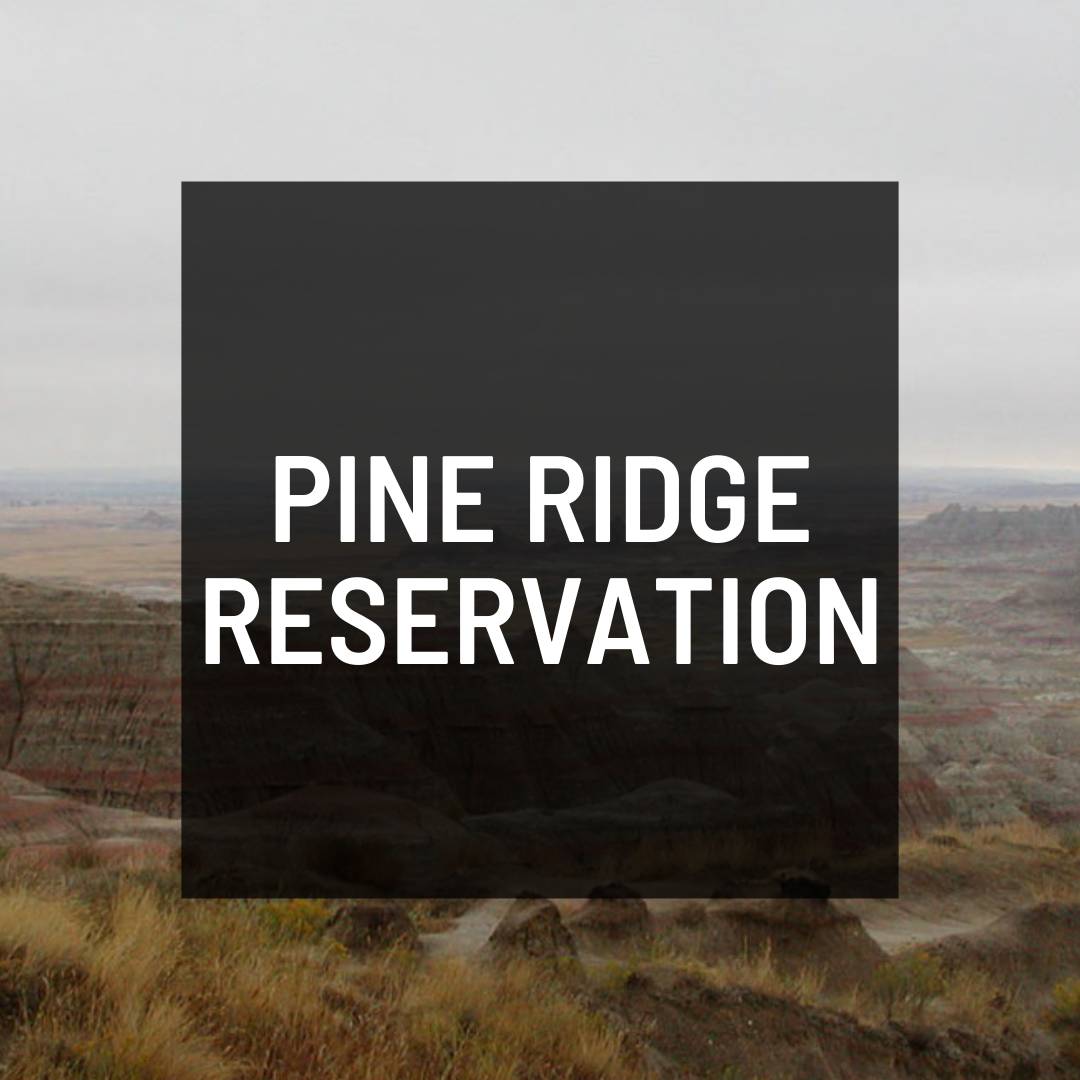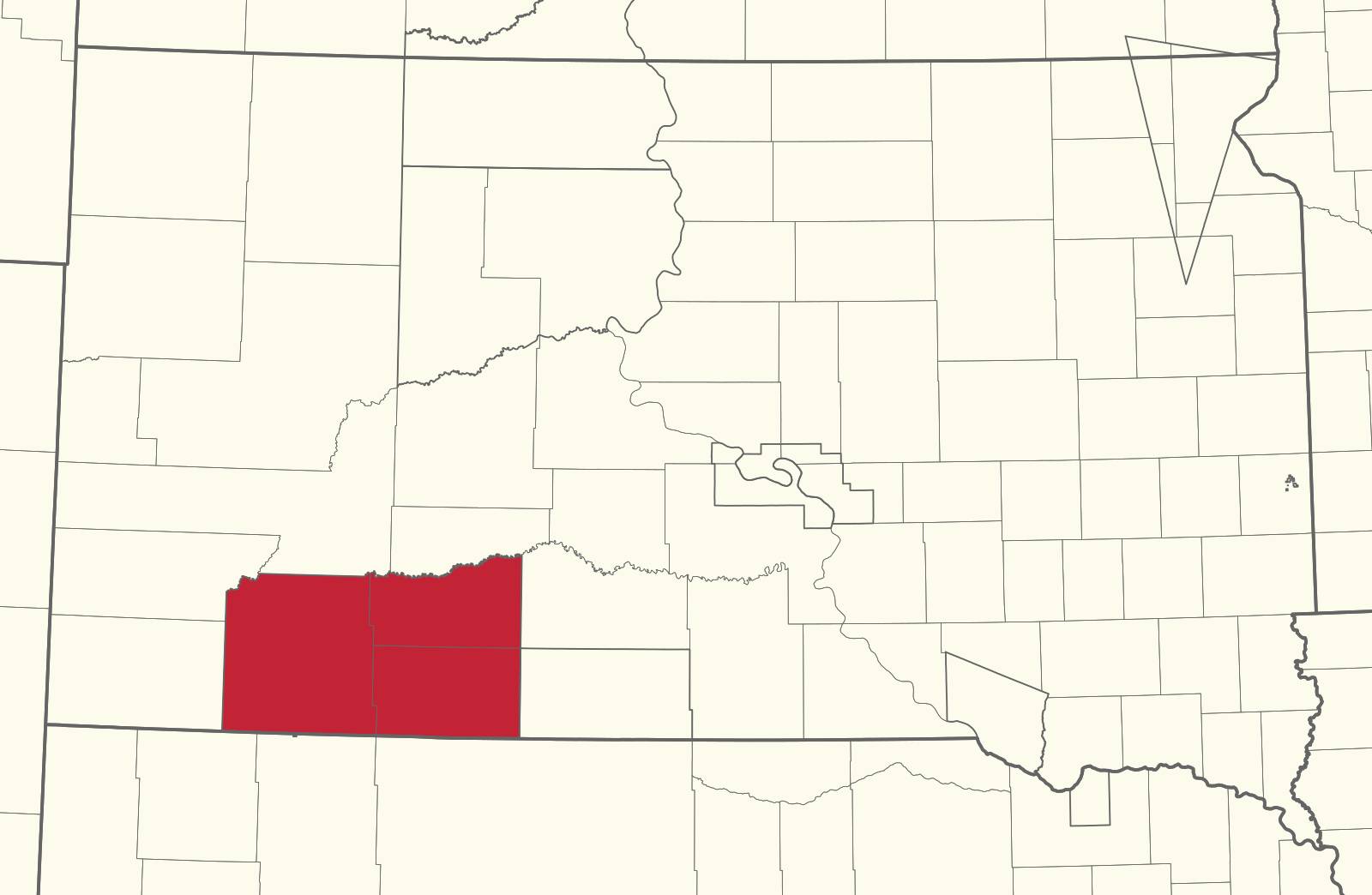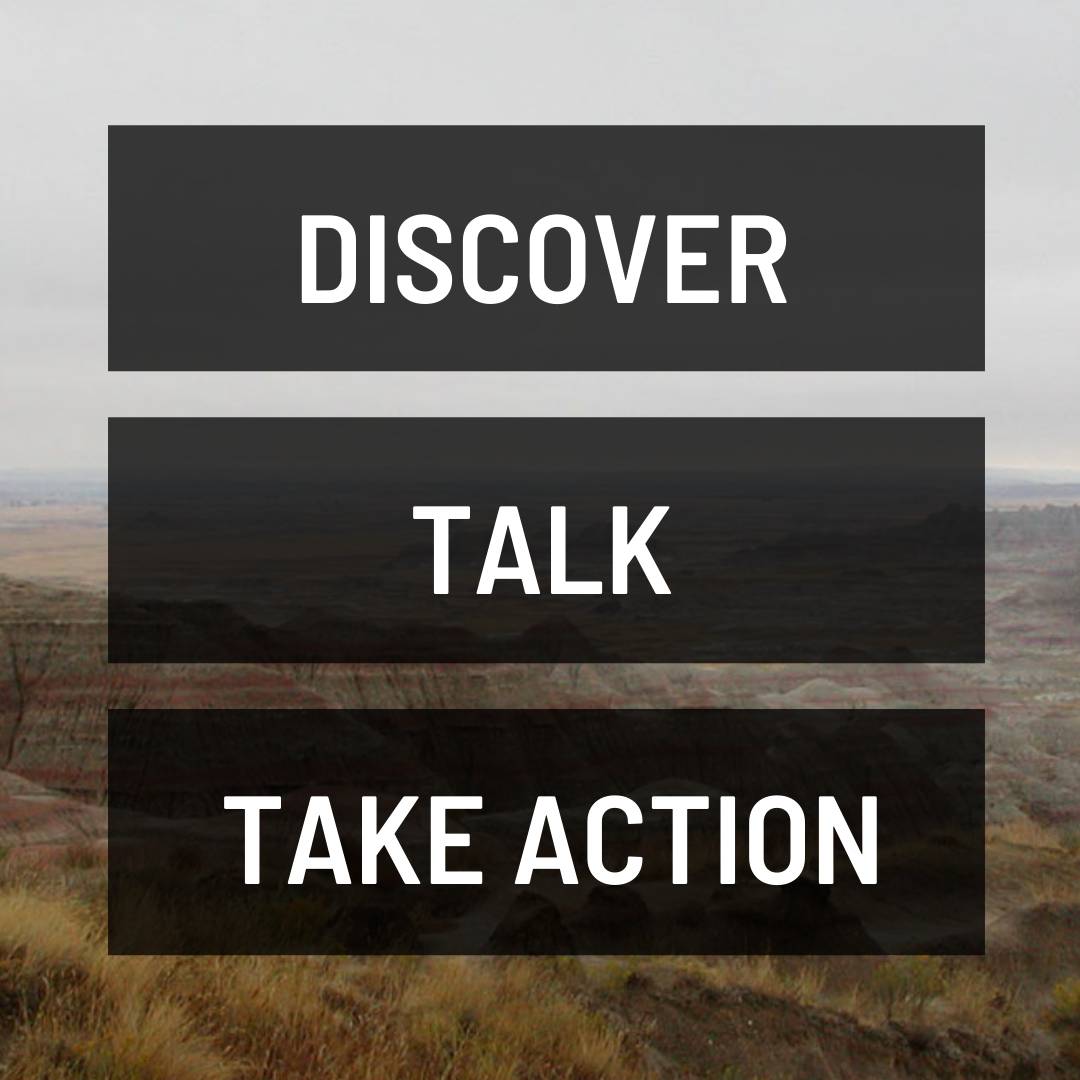Pine Ridge Reservation
What is happening on the Pine Ridge Reservation?
In the 1940s and 50s, the American government discovered that they could mine uranium in the Black Hills in South Dakota, near the Pine Ridge Reservation, for nuclear energy and weapons. This mining and milling has continued on and off by federal and commercial entities, halted often for environmental reasons but continued for its profitability. Not only was the uranium mined on sacred and unceded land, but the impact of the mines, both active and abandoned, have caused problems for the communities surrounding them. Radio-active runoff from the open pit mines infiltrated the ground and surface water that people rely on.
In 2018, some uranium mining was halted on land near the Pine Ridge Indian Reservation. This majorly came as a result of protests and legal action from the native people themselves. But today, Natives are still fighting proposals for new uranium mines that would cause even more damage.


Map of the Pine Ridge Reservation in South Dakota.
Who does it affect most?
Already at a disadvantage, of the 3,142 counties in the United States, the communities on the Pine Ridge Reservation are among the poorest, with only 84,000 acres of land suitable for agriculture. "Over 33% of homes have no electricity or basic water and sewage systems," leading to the use of contaminated water from local lakes and rivers. The people of Pine Ridge, the Lakota Tribe, are historically impoverished due to their lack of access to sustainable income, food, and other resources. Grocery stores with bottled water options are few and fair between. The indigenous people, who are experiencing the strongest adverse effects from exposure to uranium and radioactive matter in the air and water, are the same people who have the most suppressed access to medical care. Problems linked to the lungs and kidneys are common, and cases of cancers including colorectal, cervical, and prostate cancers are significantly higher among those living on the reservation compared to the general population. Pine Ridge has the lowest life expectancy in America today.
It is important to recognized that this mining occurs not only around the Pine Ridge Reservation but across North America, impacting numerous Native American communities. Namely, the Navajo Nation is dealing with the same health impacts as the Lakota people.
Read, Watch, and Learn
Webpages
"Statistics About Pine Ridge Reservation" from Friends of Pine Ridge Reservation
Statistics about the lives and well-being of the Lakota people living on the Pine Ridge Reservation.
"Health Effects of Uranium" from the Environmental Protection Agency
Information on the health effects of uranium exposure through the air and water, though the PDFs included are specific to the Navajo Nation not Pine Ridge.
News
“'Get the Hell Off': The Indigenous Fight to Stop a Uranium Mine in the Black Hills" May 2020
Can the Lakota win a “paper war” to save their sacred sites?
"Native Sun News Today: Uranium mining near Pine Ridge Reservation halted" March 2018
Canadian uranium giant halts production near Pine Ridge.
"Native Americans are invisible. So is their suffering" June 2020
Linda Pentz Gunter highlights how Amerindians are living a Third World existence in the richest country in the world.
Videos
Red Cry is an original, feature-length documentary film chronicling the lives of Lakota Elders and Oyate (people) in the face of ongoing genocide against the Lakota by government and corporate interests. documentary
What You Can Do

While you continue to educate yourself on issues like the water contamination that affects the Lakota people and other disadvantaged communities, remember to have open dialogues with friends, family, and colleges about the ways that access to water clean is not always equal. Recommend different resources from above that helped broaden your own perspective and continue the conversation.
With all social justice issues, it’s important not only to have open discussions but to take action if and when you are able. Below are a number of places to get involved through donations, participation in events, and simple actions.
Friends of Pine Ridge Reservation
If you have any other information or resources related to the Pine Ridge Reservation or other issues, please let us know at [email protected].
